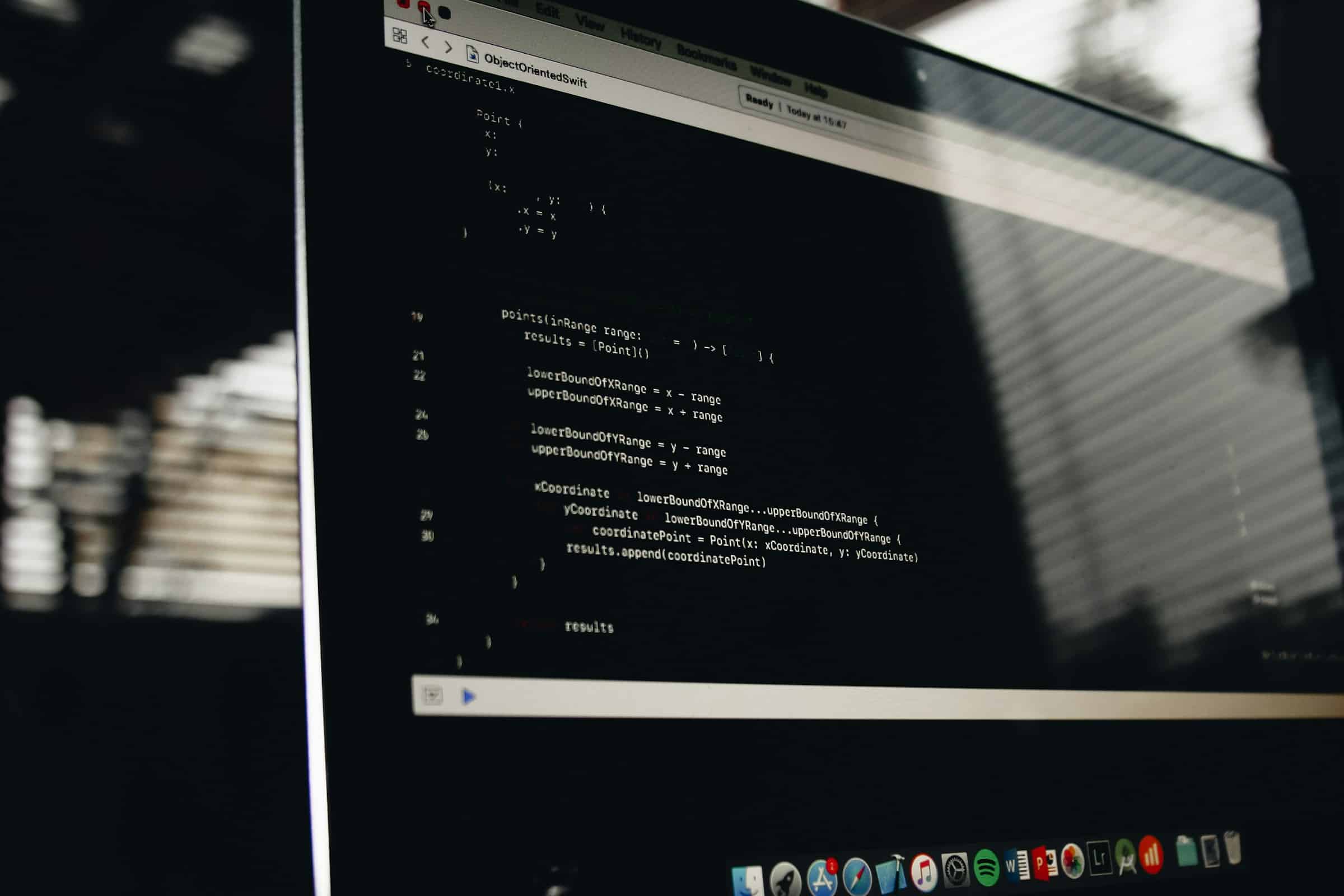What are the key considerations for developing a secure multi-tenant SaaS application?

In the rapidly evolving landscape of cloud computing, developing a secure multi-tenant SaaS (Software as a Service) application has become a critical task for modern businesses. Multi-tenancy allows multiple customers, or tenants, to share the same application instance and infrastructure while keeping their data isolated and secure. This architecture provides a cost-effective way for companies to offer scalable and accessible software to a wide range of users. However, ensuring data security and isolation among tenants is paramount. This article explores the key considerations for developing a secure multi-tenant SaaS application, offering insights into best practices and strategies for success.
Understanding Multi-Tenancy in SaaS Applications
Multi-tenancy is a fundamental concept in cloud computing, particularly for SaaS applications. It enables multiple tenants to share a single application instance and infrastructure while maintaining strict data security and isolation. This architecture is not only cost-effective but also enhances scalability and resource utilization. However, it presents unique challenges, especially in terms of security and data isolation.
Sujet a lire : How to configure secure communication between IoT devices and cloud services?
In a multi-tenant architecture, each tenant’s data and application resources must be isolated from those of other tenants. This means that while multiple tenants share the same application and infrastructure, they should not have access to each other’s data. Ensuring this isolation is crucial for maintaining trust and compliance with regulatory standards.
Moreover, scalability is a significant advantage of multi-tenancy. As the number of tenants increases, the system can handle the additional load without requiring significant changes to the underlying infrastructure. This makes it easier for SaaS providers to scale their applications to meet the growing demands of their users.
A lire également : How to use AI to enhance the efficiency of energy management systems in smart grids?
Ensuring Data Security and Isolation
Data security and tenant isolation are the cornerstones of a secure multi-tenant SaaS application. Without proper measures, the risk of data breaches and unauthorized access increases significantly. Developers must implement robust security protocols to protect tenant data and ensure isolation.
One effective approach is to use data partitioning techniques, such as logical and physical separation. Logical separation involves isolating tenant data at the application level, using mechanisms like row-level security in databases. Physical separation, on the other hand, involves using separate databases or storage systems for each tenant.
Another critical aspect is access control. Implementing strict access control measures ensures that only authorized users can access tenant data. This can be achieved through identity providers and role-based access control (RBAC), which restricts access based on user roles and permissions.
Moreover, encryption plays a vital role in securing tenant data. Encrypting data at rest and in transit helps protect it from unauthorized access and tampering. Developers should use strong encryption algorithms and ensure that encryption keys are securely managed.
Leveraging Identity Providers and Access Control
Using identity providers and access control mechanisms is essential for ensuring that only authorized users can access the application and its resources. An identity provider (IdP) is a service that authenticates users and provides identity information to other applications. By integrating with a reliable IdP, developers can enhance the security of their multi-tenant SaaS application.
Single sign-on (SSO) is a popular feature provided by identity providers. SSO allows users to authenticate once and gain access to multiple applications without needing to log in separately. This not only improves the user experience but also enhances security by reducing the number of credentials that need to be managed.
Access control mechanisms, such as role-based access control (RBAC) and attribute-based access control (ABAC), further enhance security by ensuring that users can only access the resources they are authorized to use. RBAC assigns permissions based on user roles, while ABAC considers user attributes and environmental conditions. Implementing these mechanisms helps prevent unauthorized access and maintains data isolation.
Best Practices for Secure Multi-Tenant SaaS Development
Developing a secure multi-tenant SaaS application requires following best practices and industry standards. Here are some key practices to consider:
- Adopt a Security-First Approach: Security should be a top priority from the initial stages of development. Conduct regular security assessments and implement security measures throughout the application lifecycle.
- Implement Multi-Layered Security: Use a multi-layered security approach to protect the application and its infrastructure. This includes network security, application security, data encryption, and access control.
- Ensure Data Isolation: Use data partitioning techniques, such as logical and physical separation, to ensure tenant data isolation. Regularly test and validate isolation mechanisms to prevent data leakage.
- Use Strong Authentication and Authorization: Implement robust authentication and authorization mechanisms, such as multi-factor authentication (MFA) and role-based access control (RBAC). Integrate with reliable identity providers for enhanced security.
- Monitor and Audit: Regularly monitor and audit the application for security vulnerabilities and compliance with regulatory standards. Implement logging and monitoring tools to detect and respond to security incidents promptly.
- Stay Updated: Keep the application and its dependencies updated with the latest security patches and updates. Regularly review and update security policies and procedures to address emerging threats.
By following these best practices, developers can build a secure and reliable multi-tenant SaaS application that meets the needs of multiple customers while ensuring data security and isolation.
Developing a secure multi-tenant SaaS application involves careful consideration of various factors, including data security, tenant isolation, access control, and best practices. By understanding the principles of multi-tenancy and implementing robust security measures, developers can create a secure and scalable SaaS application that meets the needs of multiple customers.
In summary, the key considerations for developing a secure multi-tenant SaaS application include:
- Understanding the principles and benefits of multi-tenancy.
- Ensuring data security and tenant isolation through data partitioning, encryption, and access control.
- Leveraging identity providers and access control mechanisms to enhance security.
- Following best practices for secure development, including adopting a security-first approach, implementing multi-layered security, and staying updated with the latest security patches.
By addressing these considerations, developers can build a secure and effective multi-tenant SaaS application that provides a seamless and secure experience for all tenants. As the demand for cloud computing and SaaS applications continues to grow, prioritizing security and data isolation will be essential for the success and reliability of these applications.
Ultimately, the goal is to create a secure environment where multiple tenants can coexist peacefully, with their data and resources protected from unauthorized access and breaches. By following the best practices and strategies outlined in this article, you can achieve this goal and deliver a secure multi-tenant SaaS application that meets the needs of your users and customers.
